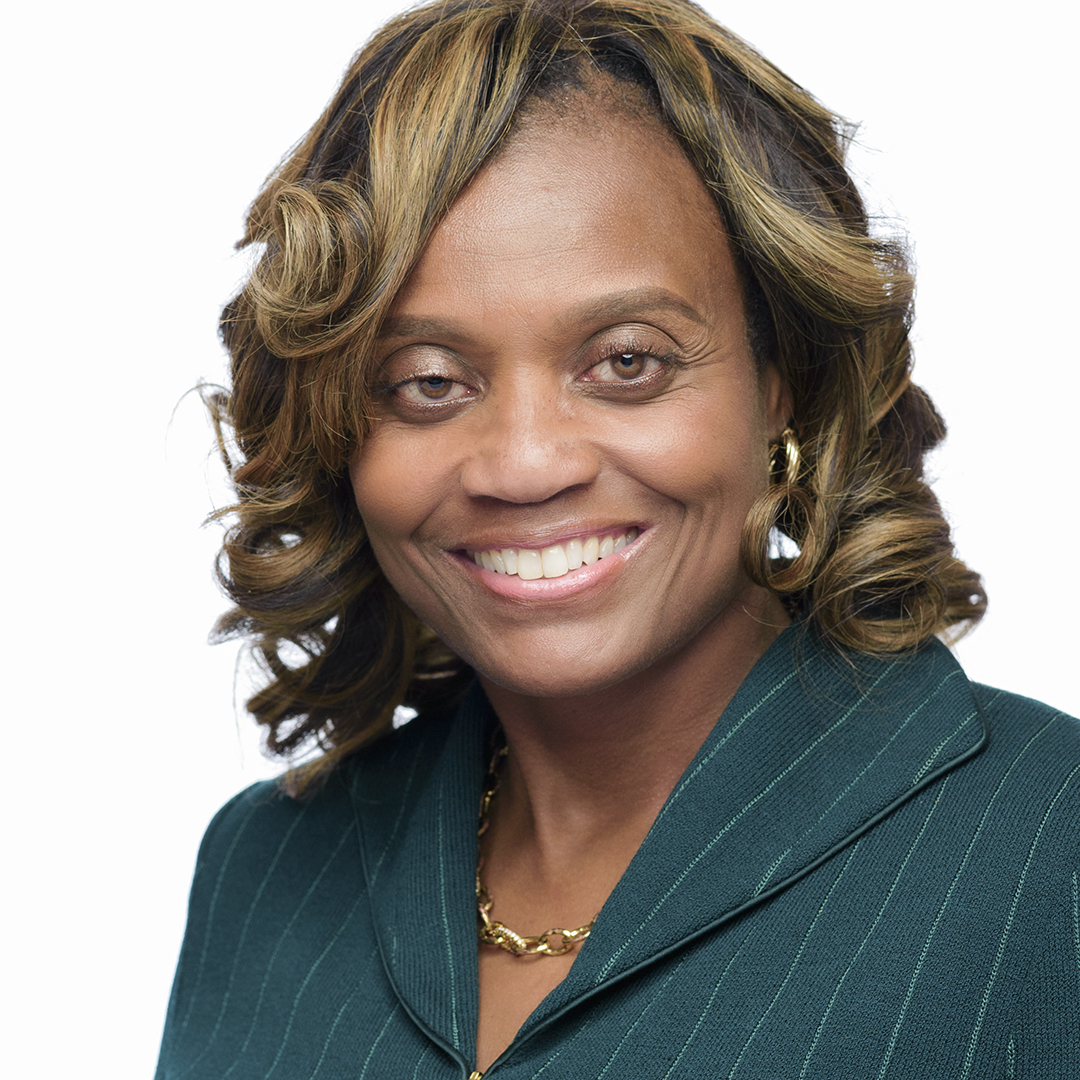|
Getting your Trinity Audio player ready...
|
In January of 2020, the specialty drug testing laboratory Millennium Health announced that it had joined forces with the US Department of Health and Human Services (HHS) to provide real-time data to help combat our country’s ongoing drug overdose epidemic.
In a press release from January 7, 2020, Assistant Secretary for Health Admiral Brett P. Giroir, MD was quoted as saying, “The donation of this data is a critical tool for reducing the occurrence of the substance use epidemic and reaching the people who need help most. With frequent reporting of drug testing data, HHS can work with city, county, and state public health officials to provide resources that will help reduce crisis points and save lives.”
The data provided on an ongoing basis was the successful result of Millennium Health’s Emerging Threat Intelligence Program. This real-time information regarding illicit and prescription drug use trends contrasts with the data traditionally used to study drug epidemics, which is often months, if not years, old.
Differentiating Factors
Millennium Health’s collaboration with HHS and its frontline technological innovations are, in part, a result of CEO Andrew Lukowiak’s arrival in March of 2018. “The company already had a best-in-class reputation as a drug testing specialty laboratory, so we made the strategic decision to add customer-focused, clinically meaningful analytics solutions to further differentiate our organization,” Lukowiak recalls.
“For me, it was how to take two of our most talented professionals in the organization and create opportunities for them to combine their expertise,” he adds. “By setting a vision for the company that could only be achieved through concerted efforts, our team has been able to provide high-quality clinical content to our customers through both peer-reviewed clinical publications and an innovative customer platform.”
Lukowiak is speaking of Chief Clinical Officer Dr. Angela G. Huskey and Chief Information Officer Dave Henderson, who he believed could be responsible for how data could be used to support clinicians, policy makers, first responders, and all others at the front line of the nation’s drug overdose crisis.
“The way Andrew’s message was translated was that while we were individually doing great work, how could we work together to combine our efforts as a shared agenda?” Henderson says. “When you start sharing your agenda in a collaborative way from the beginning vision to the end product instead of in a piecemeal fashion, that’s when you are able to establish a huge differentiation for your organization.”
Huskey noted that until the collaboration began, her highly experienced clinical team lacked access to complex analytics tools that would enable them to address broader questions related to national healthcare concerns. The digital collaboration was the missing piece that allowed them to accomplish this.
“Our peer-reviewed publications and scientific reports, including our first and second volumes of the Millennium Health Signals Report and our two studies published in JAMA Network Open, offered the ideal opportunity to show our strength and differentiation to our customer base, payers, and strategic partners.”
“For me, it was how to take two of our most talented professionals in the organization and create opportunities for them to combine their expertise.” –Andrew Lukowiak
Making Tech Accessible
Part of the collaboration between Henderson’s and Huskey’s teams also meant transforming Millennium Health’s purpose-built order management platform. “This is a much different approach than we’ve taken in the past,” Henderson explains. “What you see is clinical expertise expressed through technology, and that’s something that only comes from this type of collaboration.”
Huskey agrees. “Dave’s team has built the ability for our customers to see things like trends in their areas around drug use. That’s just one example, but it’s an important one that illustrates how our customers can use our services to make better clinical decisions.”
To Save Lives
The purpose of providing partners, payers, and customers with more readily available time-sensitive data is simple. “The reason we do what we do is to help those fighting the substance abuse problem,” Huskey says. “This data helps drive quicker decision-making so that resources can be deployed more thoughtfully, and lives can be saved.”
“Up until now, clinicians, regulators, and other responders have often had to use data that was months or even years old: coroner’s reports, drug seizure information, and hospital overdose records to monitor our nation’s overdose epidemic,” she adds. “Today our real-time reporting, in combination with these more traditional methods, should allow public healthcare agencies to respond to changes in illicit drug use in a timelier fashion.”
Dr. Lukowiak says that the outcome of this internal partnership is more than just another “big data” initiative, a term he suggests has become overused and lost its intended meaning. “This is really about beginning with a focused, well-defined clinical need and having the discipline, persistence, and expertise to extract the specific data that will meaningfully address the problem at hand. The process relies on our analytics and informatics teams analyzing data in partnership with our clinicians and our clinical team’s ability to get feedback on the work from key opinion leaders and high-quality, peer-reviewed publications.”
“This collaboration has resulted in a clinically relevant, high-value analytics platform that we believe is truly unique to our industry,” he adds. “Our goal is to bring attention to trends in drug use and misuse detected by our testing services and provide resources that professionals caring for patients can use to help better identify and treat our family members, friends, and community members who are coping with the devastating disease of addiction. As a company, our priority is, and will always remain, the patient.”

